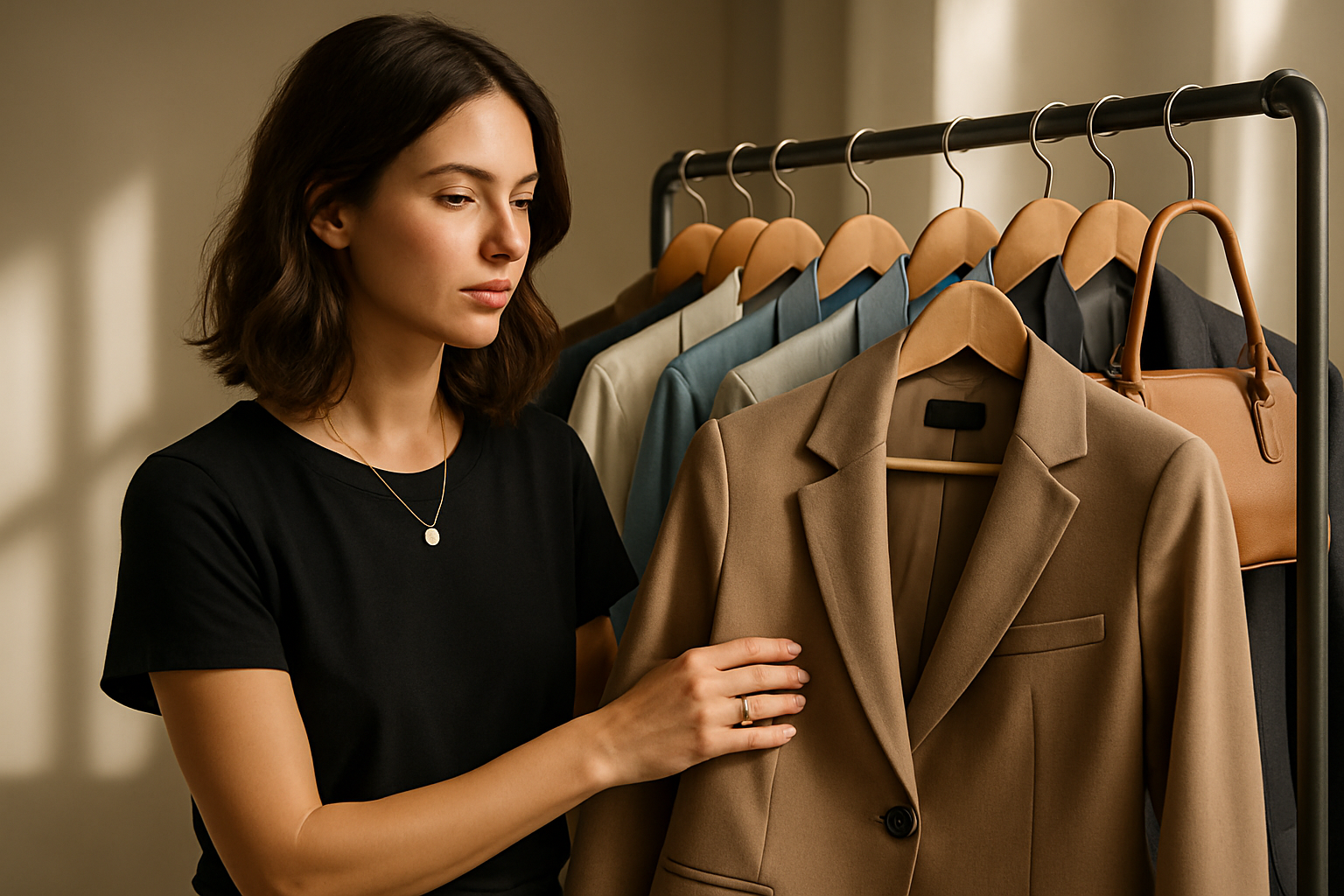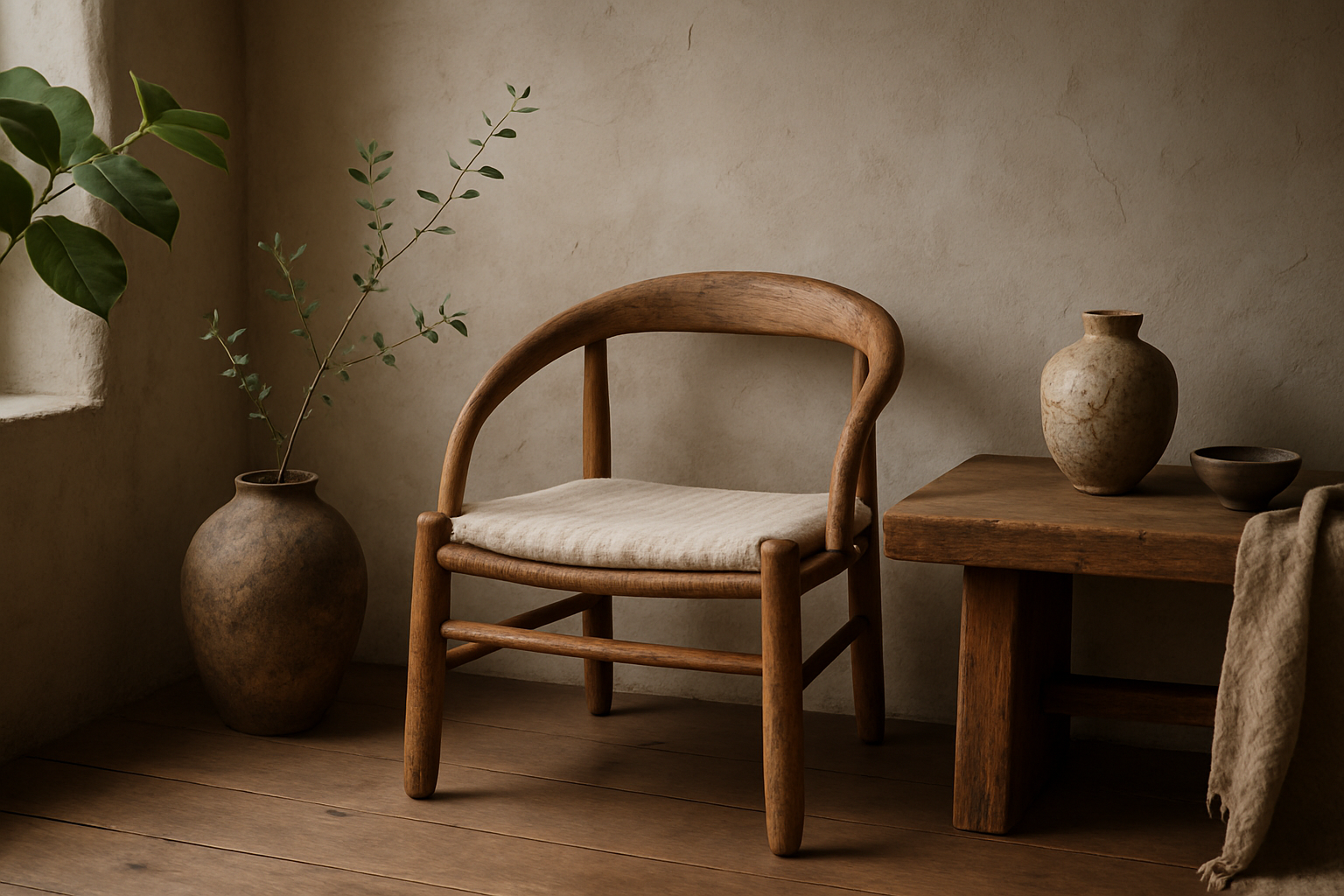The Intriguing Allure of Androgynous Fashion
Fashion is a mirror that reflects societal changes and cultural shifts. Starting from the 1920s, when women dared to wear trousers, to the current era where fluidity is celebrated, fashion has always served to challenge and reshape societal norms. One trend that has been growing in popularity is androgynous fashion. This style, which blends feminine and masculine elements, is more than just a fleeting trend - it's a movement towards inclusivity and self-expression.

Androgynous Fashion: A Historical Overview
The term “androgyny” comes from the Greek words ‘andr-‘, meaning man, and ‘-gyn’, meaning woman. In the context of fashion, it refers to styles that don’t fit neatly into traditional “male” or “female” categories. Androgynous fashion has been present in various forms throughout history, often appearing during periods of social change. For example, during the 1920s, women, influenced by the flapper movement, began to wear clothes that were less restrictive and more similar to men’s attire.
In the 1960s and 70s, unisex styles became popular, reflecting the social movements of the time that were pushing for gender equality. Celebrities like David Bowie and Grace Jones embraced androgyny, breaking down gender norms and becoming fashion icons in the process. Today, androgynous fashion is enjoying a resurgence, driven by a broader societal shift towards acceptance of gender fluidity.
The Modern Appeal of Androgyny
Androgynous fashion is appealing for many reasons. For some, it’s a way to challenge traditional gender norms and express their unique identity. For others, it’s about the freedom to wear what they want, regardless of gendered fashion rules. The fashion industry has taken note of this trend, with many brands, from high-end designers to high-street stores, offering androgynous collections.
Moreover, androgynous fashion has a certain aesthetic appeal, combining elements from both ends of the gender spectrum to create a unique and captivating style. The blending of masculine and feminine elements often results in outfits that are modern, chic, and versatile.
Influence on Shopping Behavior
The rise of androgynous fashion has significantly influenced shopping behavior. Consumers are no longer limited by the traditional gender divisions in clothing stores, and many are choosing to shop in whichever section suits their personal style. This trend has even led to the emergence of gender-neutral clothing brands and stores.
Online shopping has also played a role in promoting androgynous fashion. With the anonymity provided by the internet, shoppers can explore and experiment with styles without fear of judgment.
Practical Insights into Androgynous Fashion
- Don’t be afraid to mix and match: Androgynous fashion is all about breaking the rules. Pair a feminine blouse with masculine trousers, or a tailored blazer with a flowing skirt.
- Experiment with shapes and silhouettes: Try oversized, boxy shapes for a masculine look, or fitted, contoured pieces for a feminine touch.
- Play with accessories: They can add the perfect finishing touch to an androgynous outfit. Think chunky watches, minimalist jewelry, or unisex hats and scarves.
- Be confident: The key to pulling off any style, including androgynous fashion, is confidence. Wear what makes you feel good and own it.
Summing Up
Androgynous fashion is more than just a sartorial choice. It’s a reflection of our evolving understanding of gender and identity, and a testament to the power of fashion to challenge societal norms. As the line between “male” and “female” fashion continues to blur, one thing is clear: fashion is no longer about conforming to expected norms, but about expressing one’s true self. This is the true essence of androgynous fashion—a celebration of uniqueness, freedom, and self-expression.





